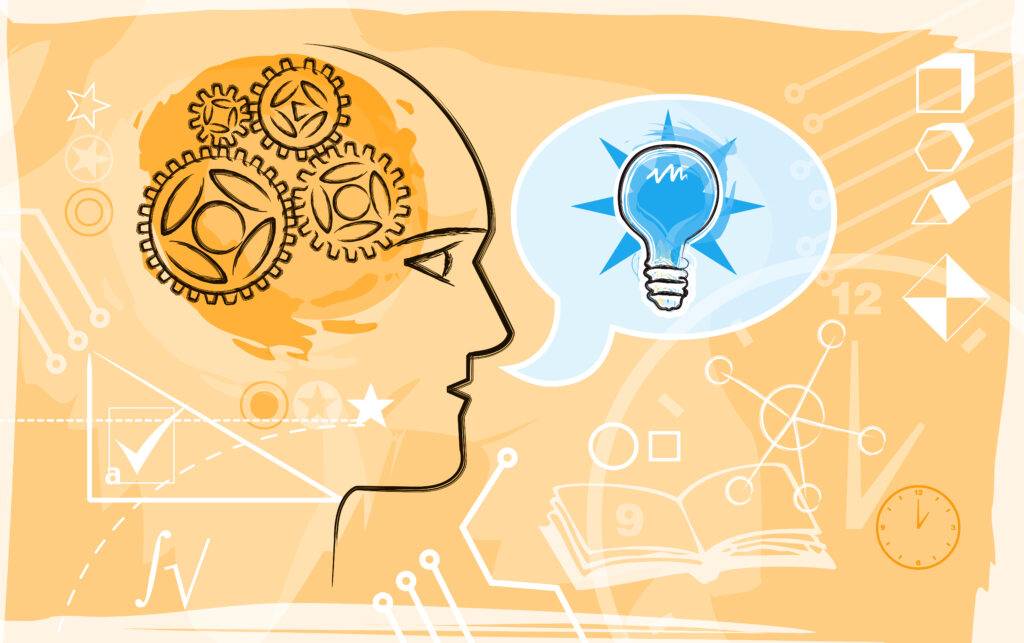Artificial Intelligence (AI) has revolutionized various industries, enhancing efficiency and introducing innovative solutions. However, like any powerful tool, AI can also be misused for illicit purposes. In recent years, its role in creating authentic-looking counterfeit documents has raised concerns among authorities and security experts.
AI-Driven Image Manipulation
The capabilities of AI algorithms for image processing have reached unprecedented heights. Deep learning models, such as Generative Adversarial Networks (GANs), can analyze vast datasets of genuine identification documents and create near-perfect replicas. AI-driven counterfeit document creators can produce authentic-looking documents that are difficult to distinguish from genuine ones by mastering subtle details such as:
- fonts,
- colors,
- and security features.
The Dark Web
The proliferation of AI technology has coincided with the rise of the dark web, an underground marketplace that facilitates the exchange of illegal goods and services. On the dark web, AI-driven counterfeit document creation services have emerged, offering criminals easy access to sophisticated tools for forging counterfeit identification documents. These services allow perpetrators to acquire realistic counterfeit documents anonymously, exacerbating the challenge for law enforcement agencies.
Evolving AI Techniques
As AI techniques evolve, so do the methods used to combat counterfeit documents. Traditional verification processes, such as OCR (Optical Character Recognition) and watermark analysis, are becoming less effective against AI-generated counterfeits. Criminals adapt to detection mechanisms by refining their AI models, making it increasingly difficult for manual verification systems to spot inconsistencies.

The Risks to National Security and Public Safety
The use of AI to create authentic-looking counterfeit documents poses significant risks to national security and public safety. Criminals can exploit these forged documents to assume false identities, evade law enforcement, and engage in illegal activities. Furthermore, the potential for terrorists and organized crime groups to exploit AI-driven counterfeiting to bypass border controls and security measures is a growing concern for governments worldwide.
Biometrics and Advanced Verification Techniques
In the battle against AI-driven counterfeit documents, adopting advanced verification techniques is imperative. Biometric authentication, for instance, relies on unique physical attributes, such as fingerprints or facial recognition, to verify an individual’s identity accurately. Combining biometric authentication with other verification methods, such as document watermarking and RFID technology, adds multiple layers of security that are challenging for counterfeiters to replicate.
Collaboration and Regulation
Addressing the threat of AI-driven counterfeit documents requires collaboration between technology developers, businesses, and law enforcement agencies. Tech companies must implement responsible AI practices and consider the potential misuse of their technologies. Governments must establish clear regulations and policies to deter criminals from using AI for counterfeiting purposes. Additionally, international cooperation is necessary to forge a unified front against the global threat that AI-generated counterfeit documents pose.

Leave a Reply